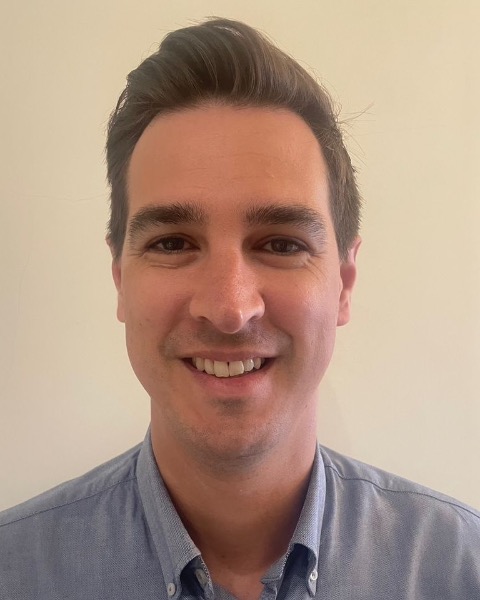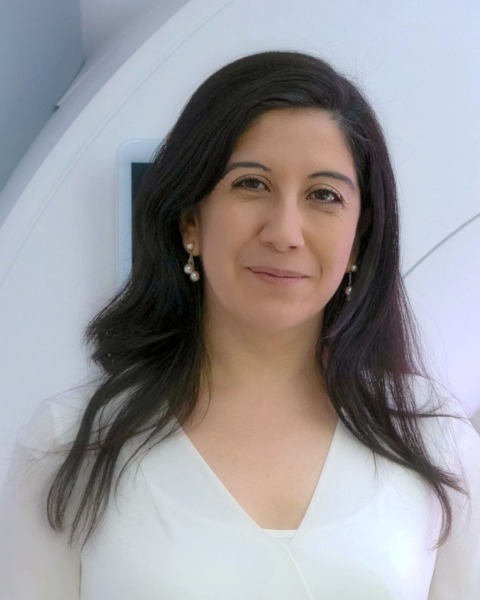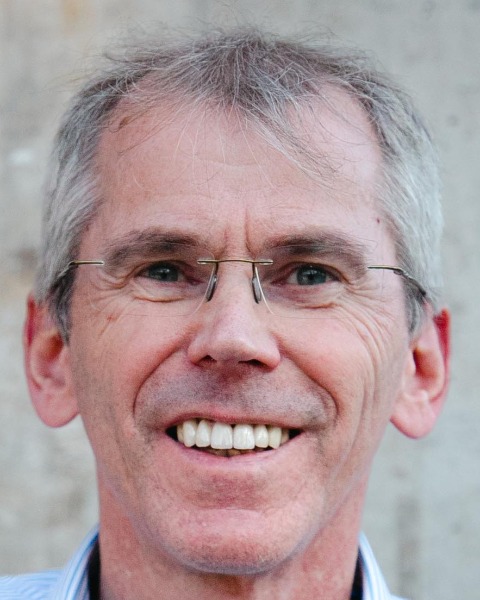Rapid Fire Abstracts
Combined super resolution and motion-corrected under sampled DL reconstruction for 18-fold-accelerated 3D whole-heart MRI (RF_SA_446)
- AP
Andrew Phair, PhD
Research Associate
King's College London, United Kingdom - AP
Andrew Phair, PhD
Research Associate
King's College London, United Kingdom 
Simon J. Littlewood, MBChB
Clinical Research Fellow
King's College London, United Kingdom- AF
Anastasia Fotaki
Royal Brompton, UK
- TF
Thomas J. Fletcher, PhD
Research Associate
King's College London, United Kingdom - LF
Lina Felsner, PhD
Research Associate
King's College London, United Kingdom 
Claudia Prieto, PhD
Professor and Director for Research and Innovation
School of Engineering, Pontificia Universidad Católica de Chile, Chile
Rene Michael M Botnar, PhD
Director and Professor
Institute for Biological and Medical Engineering
UC Chile, Chile
Presenting Author(s)
Primary Author(s)
Co-Author(s)
High-resolution (HR) whole-heart CMR typically involves long scan times due to the requirement for large amounts of k-space data. Scans can be accelerated by undersampling k-space, acquiring at low image resolution, or both.
In the undersampled paradigm, iterative and deep-learning-(DL)-based reconstruction methods have been proposed, including a motion-corrected model-based DL framework (MoCo-MoDL) for the fast reconstruction of whole-heart images.1,2
Alternatively, super-resolution (SR) techniques can be employed to up-sample low-resolution (LR) images. DL networks have been proposed to perform this task, by learning the relationship between LR and HR images in large sets of training data3-5. MoCo-MoDL has recently been adapted for fully sampled super-resolved reconstruction6. Unlike image-based SR methods, the Super-MoCo-MoDL framework ensures data-consistency, which is achieved by treating SR as a k-space down-sampling problem.
In this work, we adapt Super-MoCo-MoDL for a simultaneous SR and undersampled reconstruction, achieving images with 0.9 mm isotropic resolution from 18-fold-accelerated scans in ~2 minutes.
Methods:
Twenty patients with suspected coronary artery disease were scanned twice on a 1.5-T MRI scanner (MAGNETOM Sola, Siemens Healthcare) using an ECG-triggered free-breathing T2-prepared bSSFP sequence7, with a 4.5-fold undersampled 3D variable-density Cartesian spiral-like trajectory (VD-CASPR)8, at isotropic HR (0.9 mm3) and at anisotropic LR (1.8×1.8×0.9 mm3). A 2D image navigator (iNAV) was acquired at each heartbeat to enable respiratory binning and non-rigid respiratory motion correction.
For network training and validation, a 156-patient dataset was formed from 34 T2-prepared bSSFP 3D whole-heart scans at 1.5 mm isotropic resolution, 95 MTC-BOOST9 3D whole-heart scans at 1.4-1.5 mm isotropic resolution and 27 iT2-prep-BOOST10 3D whole-heart scans at 1.3-1.4 mm isotropic resolution. Each used a 4.5-fold-undersampled VD-CASPR trajectory and was reconstructed with the non-rigid-motion-corrected patch-based low-rank method (NR-PROST)11 to generate ground-truth respiratory-bin images.
Corresponding LR images were formed by cropping, zero-padding and undersampling the ky-kz plane to match the sampling density of the LR acquisitions (Fig. 1), followed by a zero-filled reconstruction.
The Super-MoCo-MoDL framework (Fig. 2) consists of a diffeomorphic motion estimation network12 and a motion-informed model-based reconstruction involving a super-resolving and denoising U-Net.
The U-Net was pre-trained for 400 epochs on 2315 scans from the NYU fastMRI dataset13. The complete framework was then trained end-to-end on two 16-GB GPUs for 1000 epochs and tested on the prospective undersampled LR data.
Results:
The average acquisition time for the LR scans was ~2 minutes, compared to ~9 minutes for 4-fold-accelerated HR. Slices of the SR images obtained with Super-MoCo-MoDL from anisotropic LR scans are presented in Fig. 3 for two representative patients. For comparison, the same slices are shown for the HR reference images, the LR zero-filled network-input images and NR-PROST reconstructions of zero-padded LR data.
Conclusion:
The Super-MoCo-MoDL framework achieves sharp high-resolution images with comparable quality to the prospective HR NR-PROST reconstructions, despite the ~4.5-fold-faster acquisition times and ~150-fold-faster reconstruction times.

